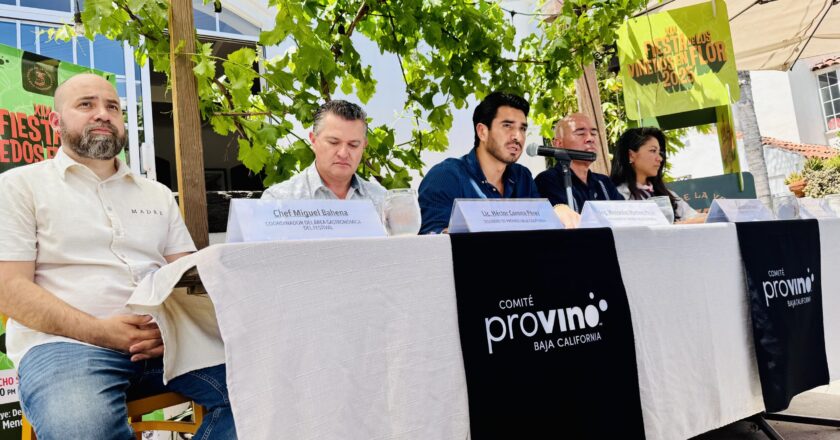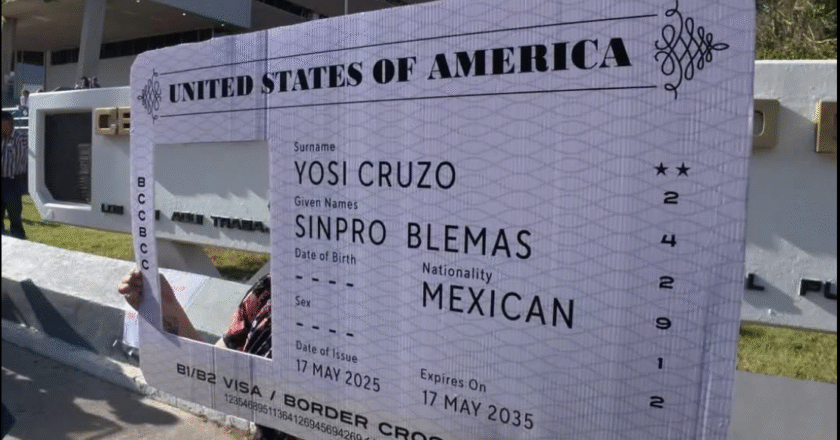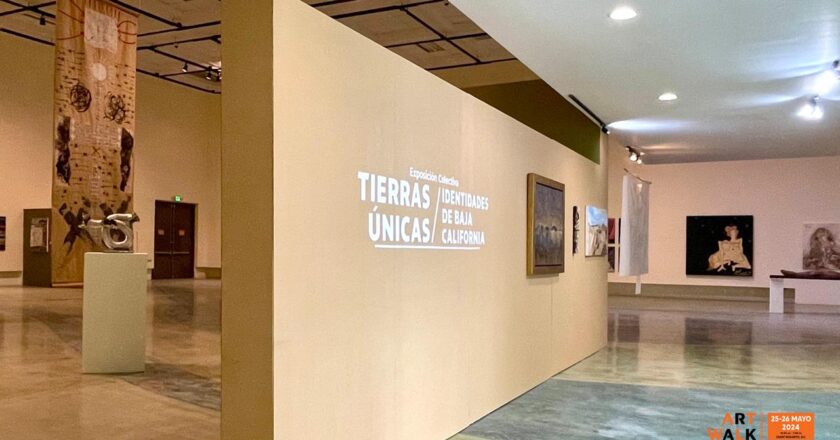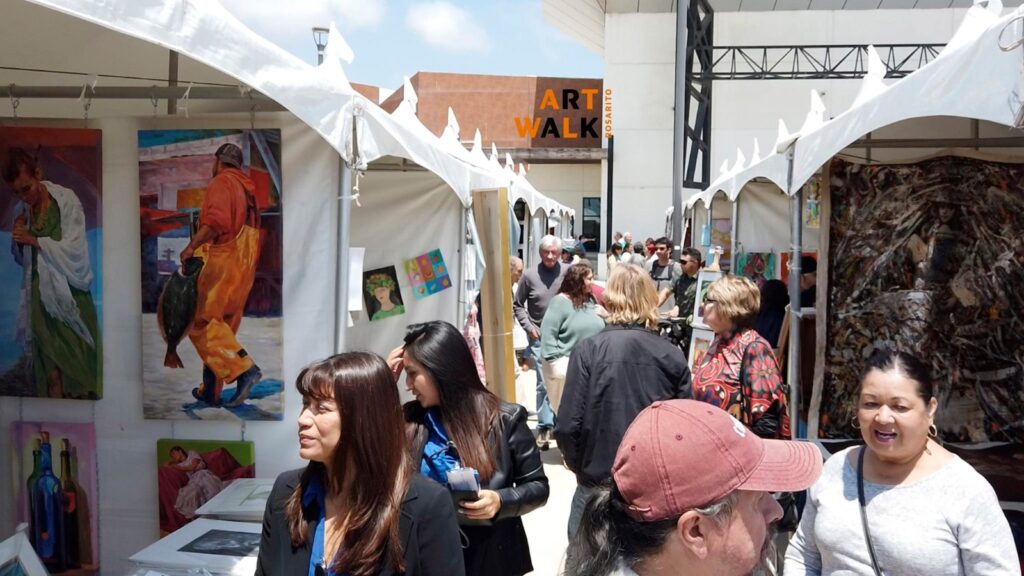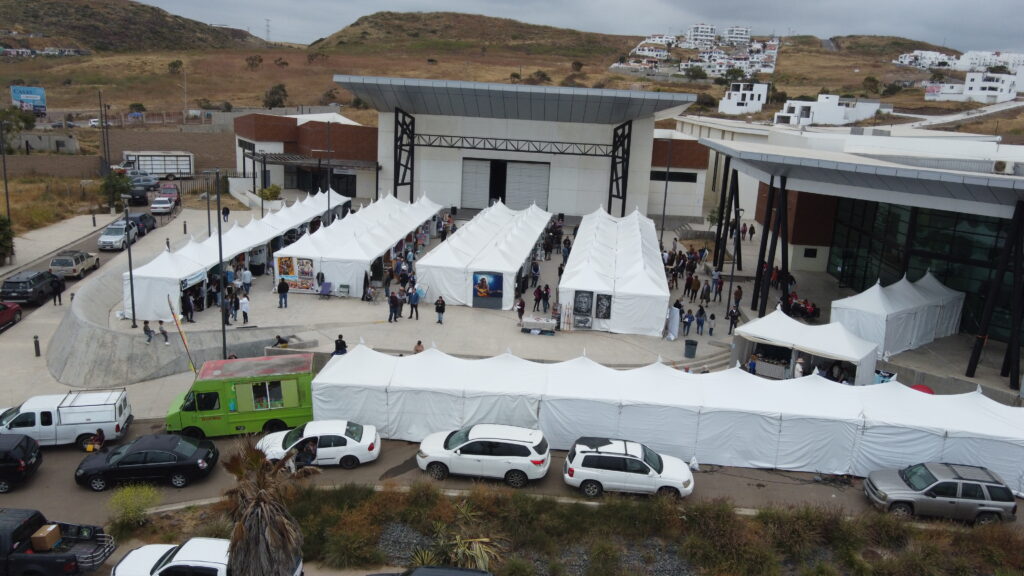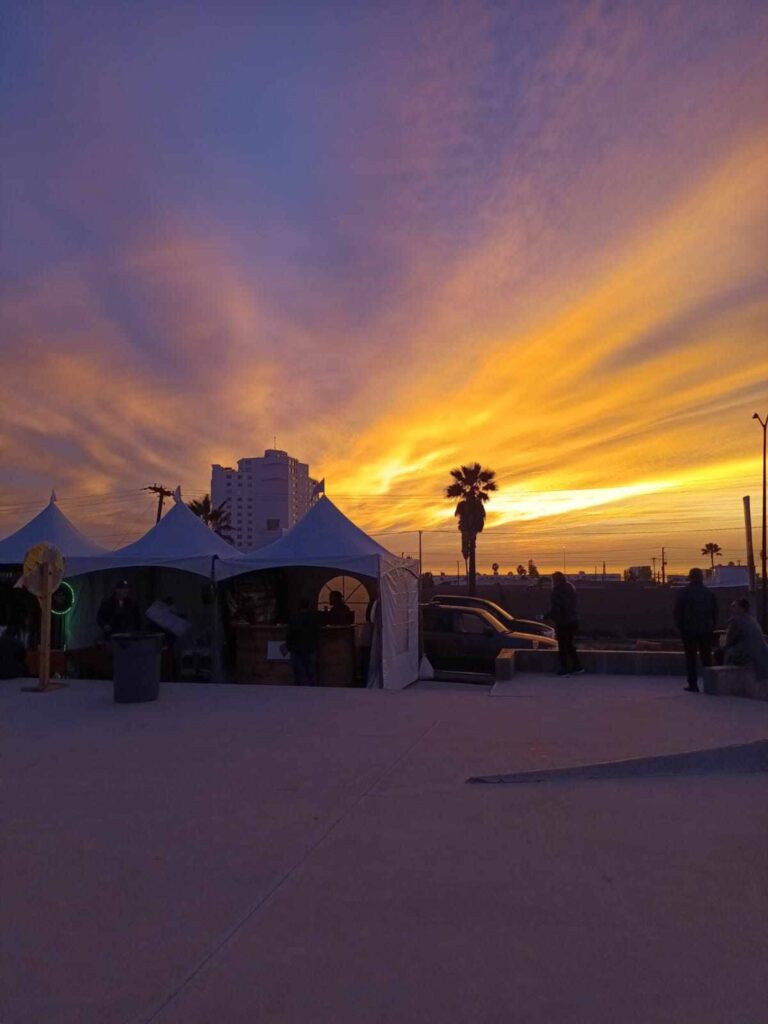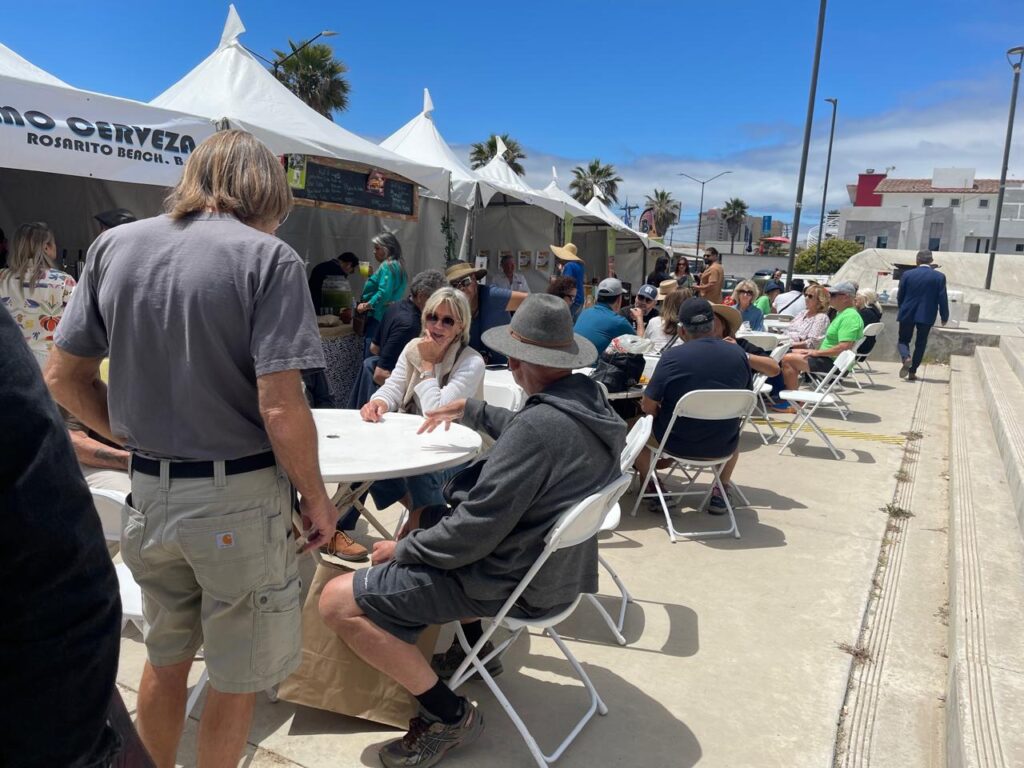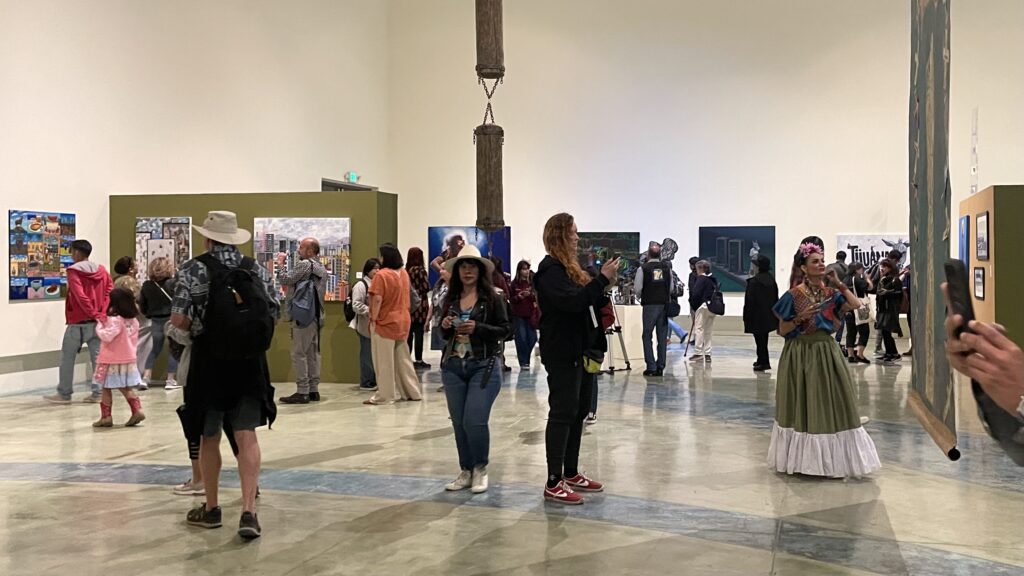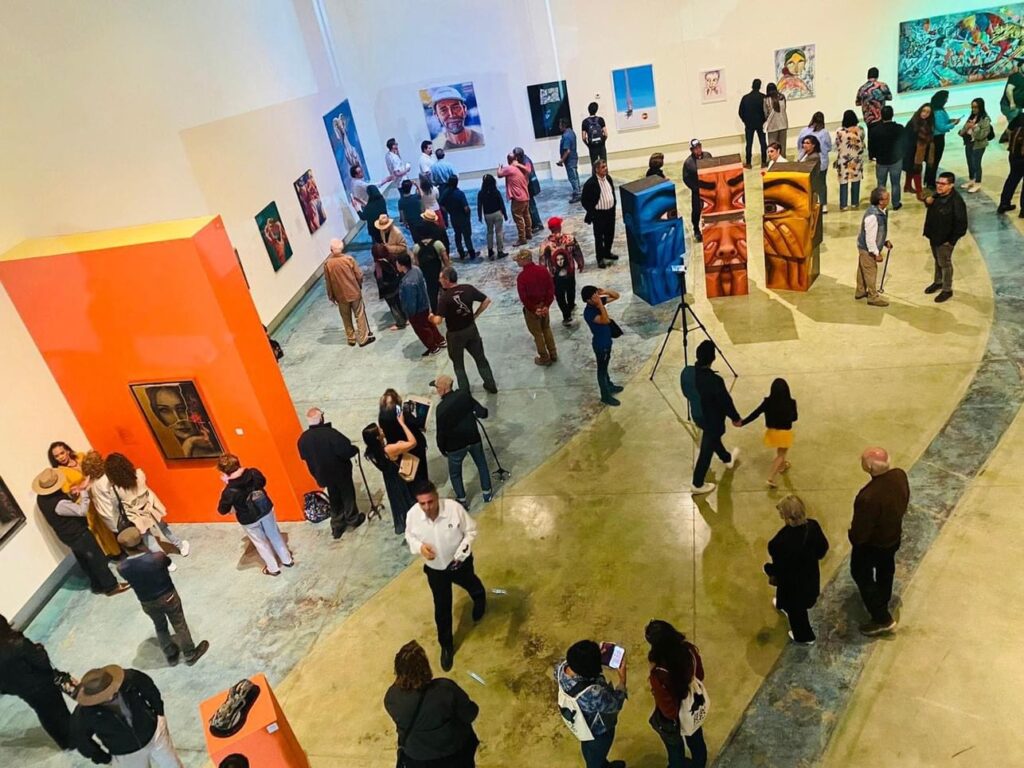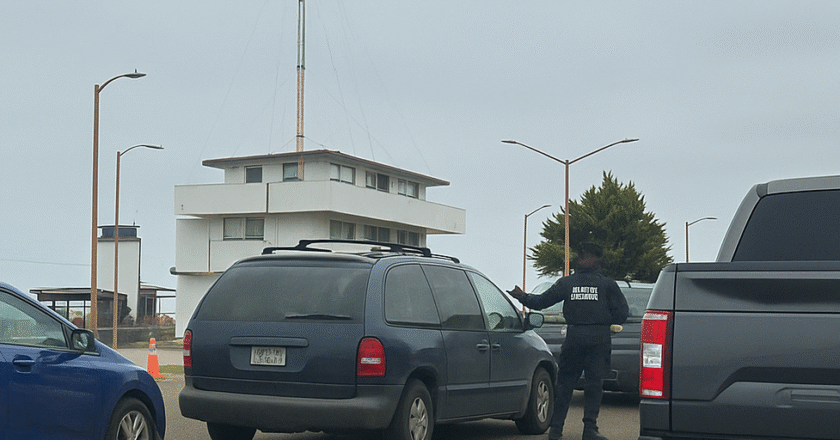His Wife? $1.7 Billion.
If you’ve ever felt overwhelmed by your credit card bill, just imagine owing $250 million dollars. Now imagine your spouse owes $1.7 billion more. That’s not a typo. That’s the real, court-ordered debt now tied to Genaro García Luna, former Mexican security czar, and his wife Linda Cristina Pereira.
The sentence came down in a Florida civil court, not as a couple, but as two individually corrupt players. Apparently, crime doesn’t just pay—it pays so much, you can lose track of a billion or two.
According to Pablo Gómez, chief of Mexico’s Financial Intelligence Unit (known by its Spanish acronym, UIF), this power duo didn’t just steal from the people—they cleaned it through the U.S. and somehow sent it back to Mexico. The details remain vague, but the consequences are loud and clear.
At today’s morning press conference (yep, Friday, May 23, 2025), officials confirmed the ruling. And for once, the math doesn’t lie: theft at this scale finally comes with a receipt.
Of course, some say this is political theater, sparked by the 2018 power shift. But others note that even within Morena, not everything is squeaky clean. Just take a look at our recent report on visa revocations among top Mexican politicians.
Still, for today, justice made a little noise—and it came with a dollar sign.
The criminal trial in Mexico is still pending, with multiple arrest warrants open and active investigations underway. So while Florida handled the civil side, Mexico’s own courts are warming up.
Whether this marks real change or just a PR win, one thing is clear:
corruption isn’t hiding as well as it used to.
Not all thieves wear ski masks. Some wear suits, hand out contracts, and smile for the camera—until the system finally snaps back.


